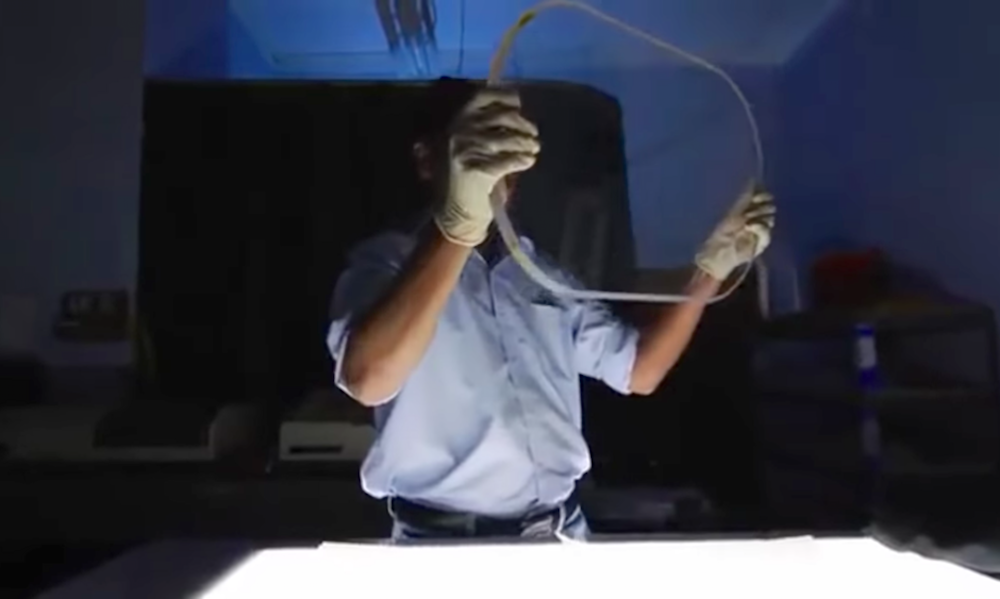You could wrap it in aluminum foil, But the aluminum shouldn't be touching or grounded out to metal (conductive) part of the item you're protecting (so I have read), so as a precaution, if you could first wrap the item with non-conductive cardboard paper or cloth first (seems logical to me), and then wrap the foil around it, making sure there is adequate overlap on the seams and no points open. The article below is even saying to use 3 layers of aluminum foil.
DISCLAIMER:
I am not an expert at EMP, in the sense, that I have never done any of my own testing with EMP protection, also EMP can vary widely in its intensity depending on many many factors, I have only read quite a bit and seen lots of You Tube videos on it, so you could call me a 'bench racer' in that regard.
I have taken some trainings at work related to ESD and handling sensitive electronics, and I do know that just walking creates ESD in your body with every step, and it's all around you, and passes to other objects in everything you touch. Even the tools in our datacenter are required to be ESD certified (also benches, ESD mats, etc). As modern day electronic components get smaller and smaller, they become more and more sensitive to EMF and ESD damage, and they usually have ratings in the advanced specs as far as how much internal ESD circuit protection they can provide for.
Reference Article:
Take these EMP protection measures to prepare and protect your gear from EMP attacks. Includes a link to a FREE EMP Survival e-book!

thesurvivalmom.com
That article even goes to the extreme of possibly recommending to have a redundant array of inexpensive faraday containers with 2 of everything, in case the attacker decides to run a second blast... I guess there's no end to preparation strategy, have to find our happy line of comfort hehe...

thesurvivalmom.com




